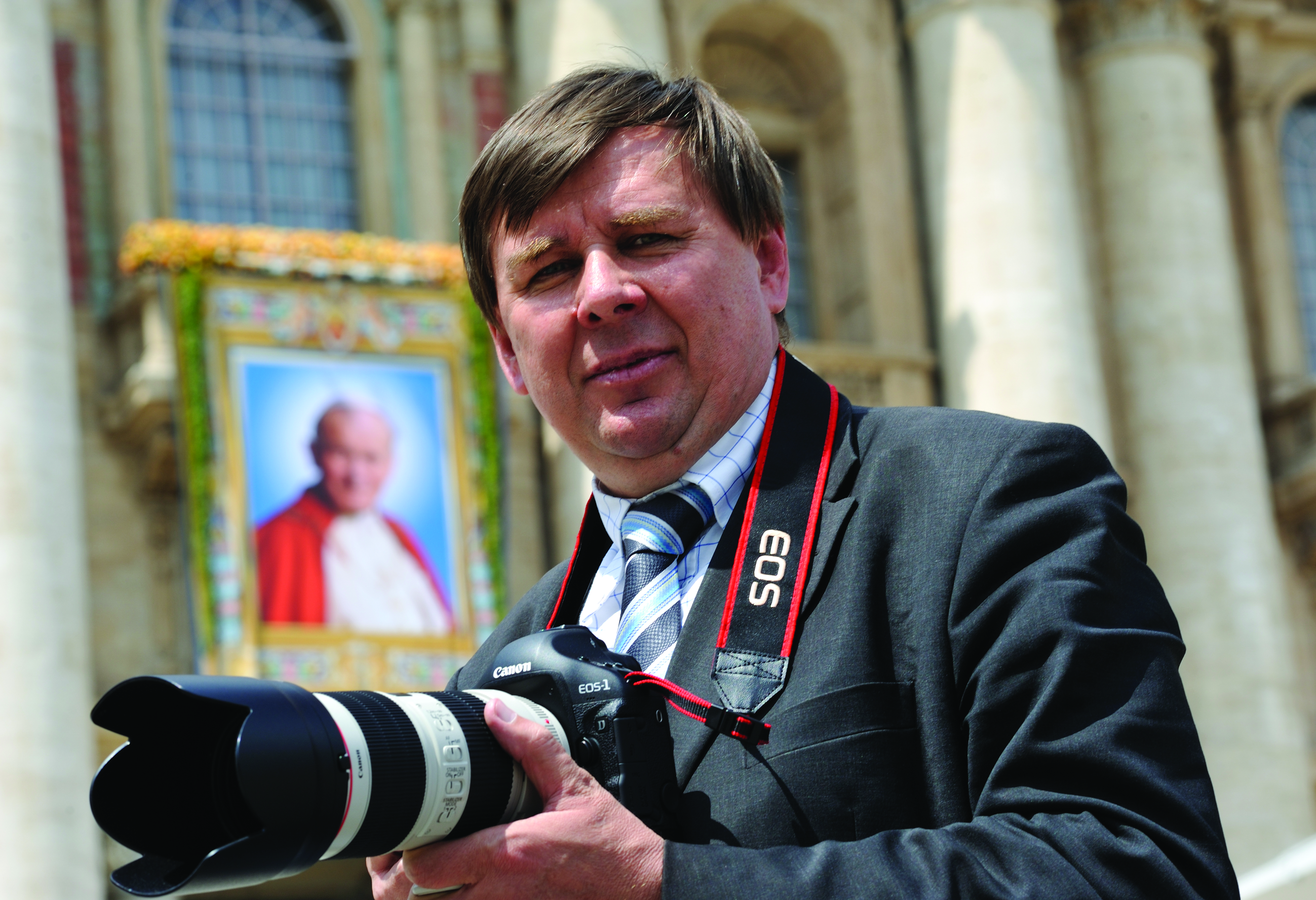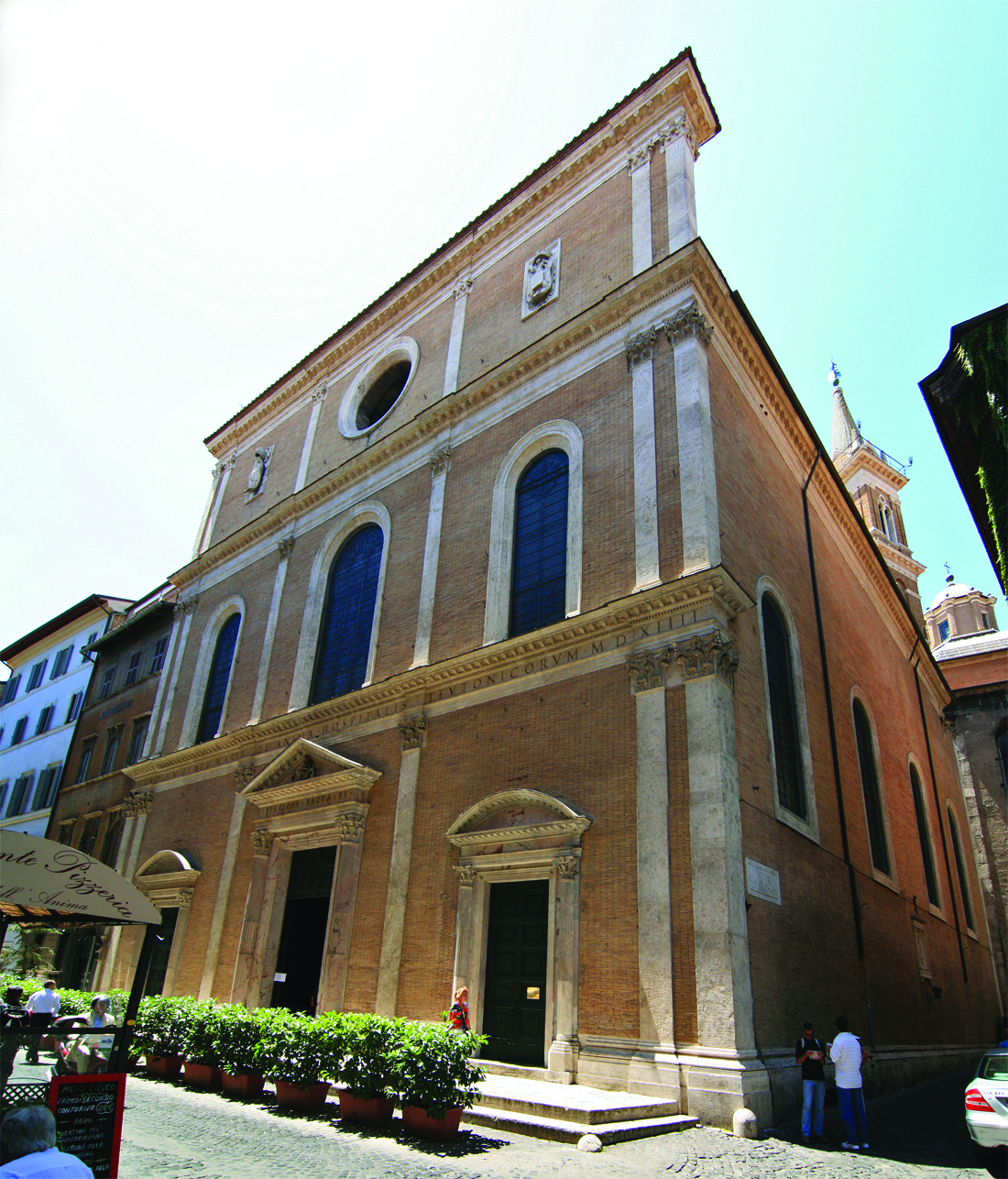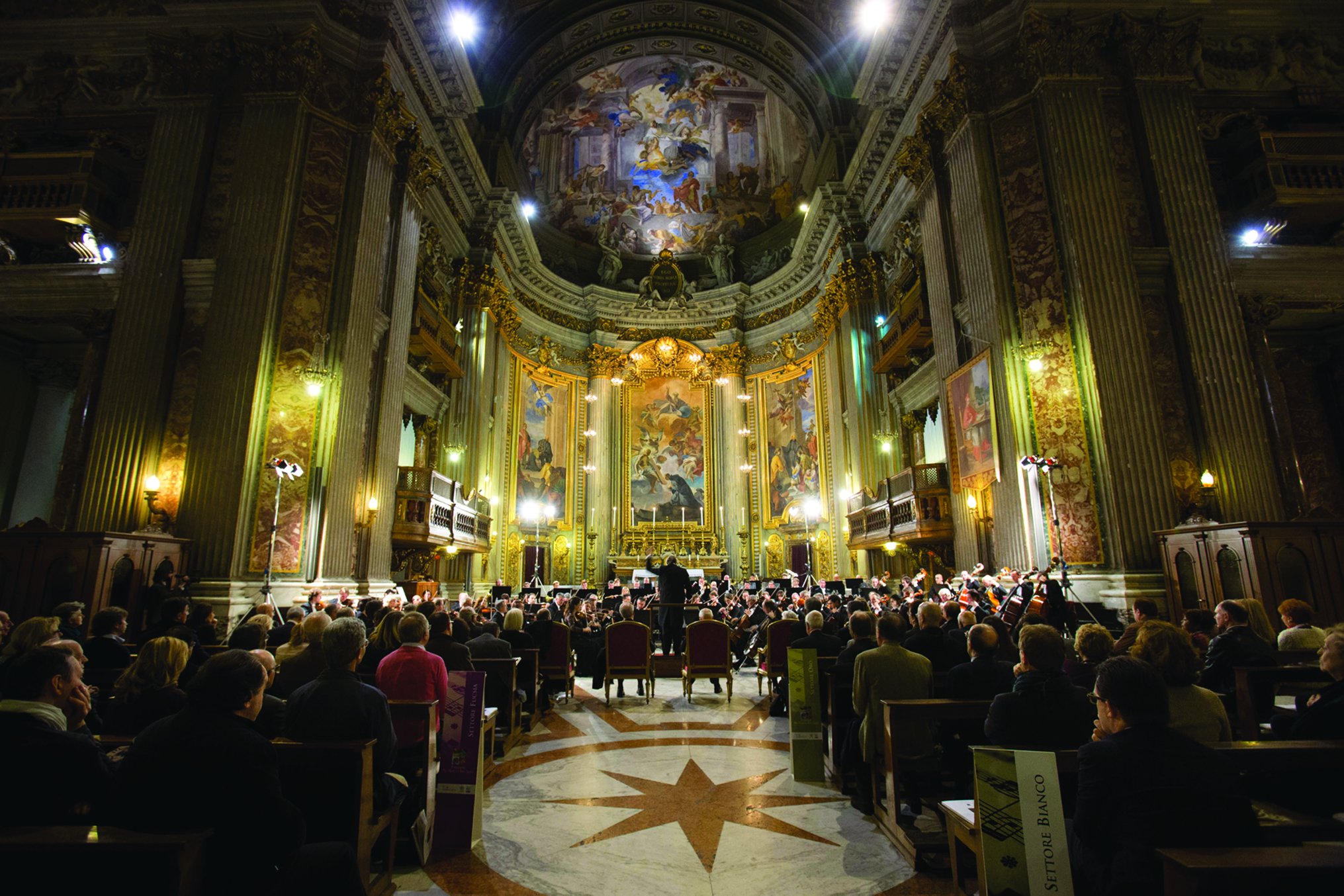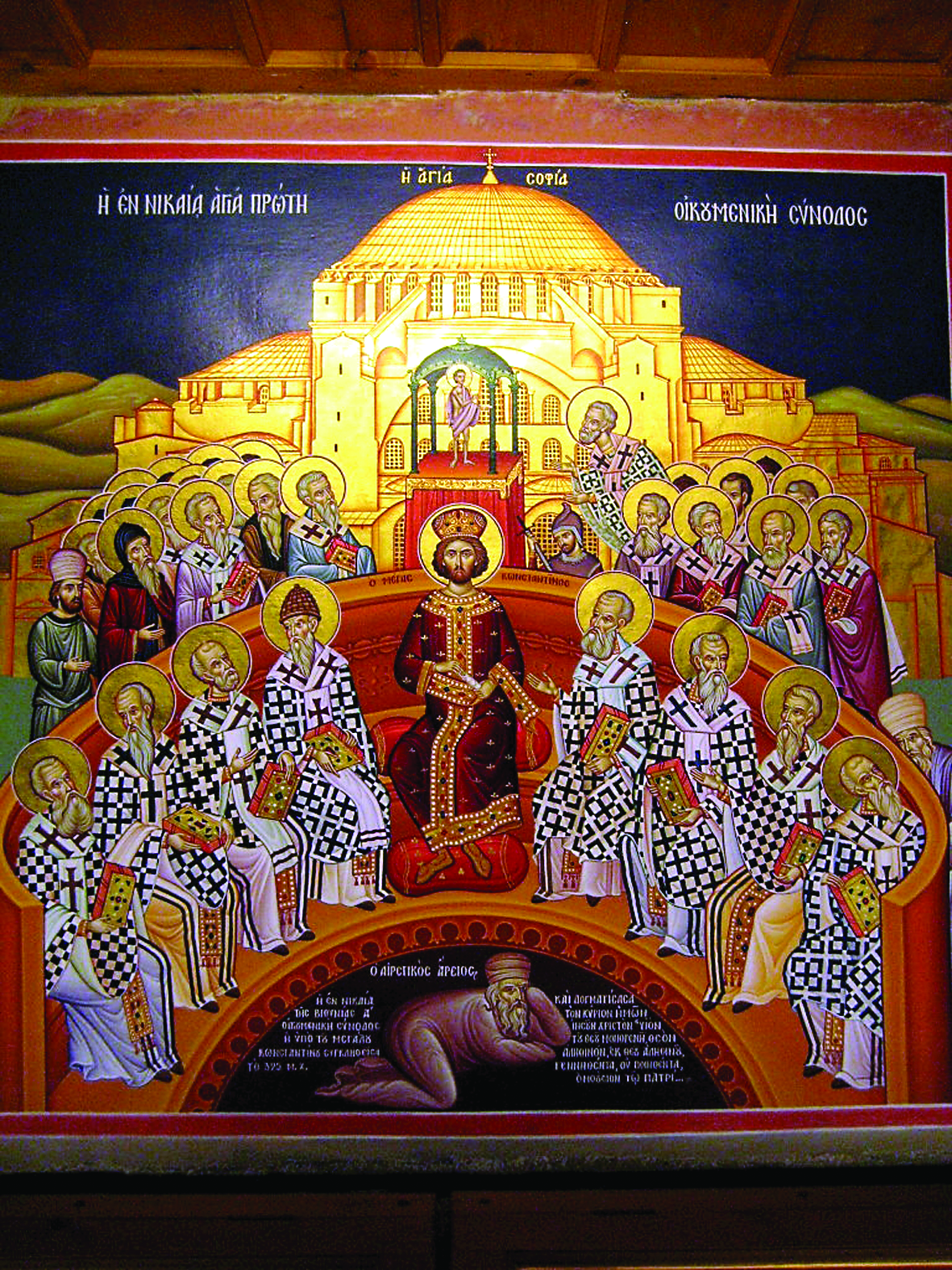January 24 is the feast day of St. Francis de Sales, patron saint of journalists. To discover more about this great saint, his virtues and teachings, we are publishing this interview with Salesian Father Giuseppe Costa. Besides being head of the Vatican Publishing House, Fr. Costa is the ecclesiastical consultant for UCSI (The Catholic Union for the Italian Press) for Rome and its region, and Professor of Journalism and Publishing at the Salesian Pontifical University.
Who was Francis de Sales?
Father Giuseppe Costa: Francis de Sales, born in France not far from Switzerland, was a child of his times, and he expressed the best of his times. He received a classical education and, at the same time, religious education, especially from his mother. He lived during the late 16th and early 17th centuries (1567-1622) in a noble family, so his education was quite refined, but he was able to translate this educational refinement into Christian good works. He was named bishop of Geneva, which was lacerated by divisions between Catholics and Calvinists. Thanks to his capacity for mediation, once he became bishop, he was able, on the one hand, to remain faithful to Catholic dogma and, on the other, to make a determined rebuttal of his adversaries in religion, meaning the Protestant world and its accusations against the Church. Today Francis de Sales is a model for dialogue and good relations. He cultivated healthy friendships with both men and women, and his friendship with the young widow Jane de Chantal offers us an example of a spiritual guide with a perfect psychological balance between the human and the spiritual. He wrote various works on spiritual guidance and spirituality which are still available for us today.
What are his charisms?
Costa: His charisms stem from the kind of education he received. His mother was very affectionate to him, and deeply religious. In his Philothea or Introduction to the Devout Life, we can see both his own devotion and his rationality. In fact, he describes an optimal relationship between faith and reason, since his devotion stems from intellectual awareness. His prudence also stood out. He used to say, “You can catch more flies with one drop of honey than with a barrel of vinegar.” And he also had the wisdom to know how to wait for God’s time and the meeting between God and souls.
St. John Bosco decided to choose the name “Salesian” for his order, in reference to St. Francis de Sales. Can you explain this for us?
Costa: Don Bosco was very devoted to Francis de Sales, because in that time period devotion to him was very popular in Don Bosco’s region of Piedmont, which borders Switzerland. Don Bosco chose him as patron of his order so that his members could imitate St. Francis’ gentleness in relationships with others and his capacity for patience with young people, and to inspire them with his humanity.
Why was St. Francis de Sales chosen as patron saint of journalists?
Costa: In his pastoral activity, when he was Bishop of Chiablese, to counteract the spread of Calvinism he would print out weekly tracts, true religious expositions, that he would bring door to door and even tack onto trees. Coupled with his great talent for writing, this made him a perfect choice for a patron saint for journalists.
In your opinion, what are some of the modern challenges for religious communication, especially in light of St. Francis’ teachings?
Costa: Without a doubt, as far as religious communication is concerned, many barriers have come down. Today there are more possibilities for religious communication than in the past. But that doesn’t mean it isn’t hard! Au contraire!
The difficulties have multiplied, due to both a growing religious multiculturalism (not just monotheistic religions, but other sects as well) and an increase in secularization that tends to marginalize the sacred. This demands deeper professional attention.
New technology has multiplied and accelerated the world of information, bringing with it the risk of spreading stereotypes, exaggerations and superstitions without any control.
Another Francis, the Pope, with his simple, direct style is bringing about a revolution in communication. What do you feel are the secrets to his effectiveness and popularity?
Costa: His secrets are, first of all, his immediacy and simple spontaneity among people. His capacity for looking people directly in the eye allows the pontiff to communicate directly and not pass through secondary channels. His use of images and expressions that the common people use allows for an immediate reception of what he is saying.







Facebook Comments